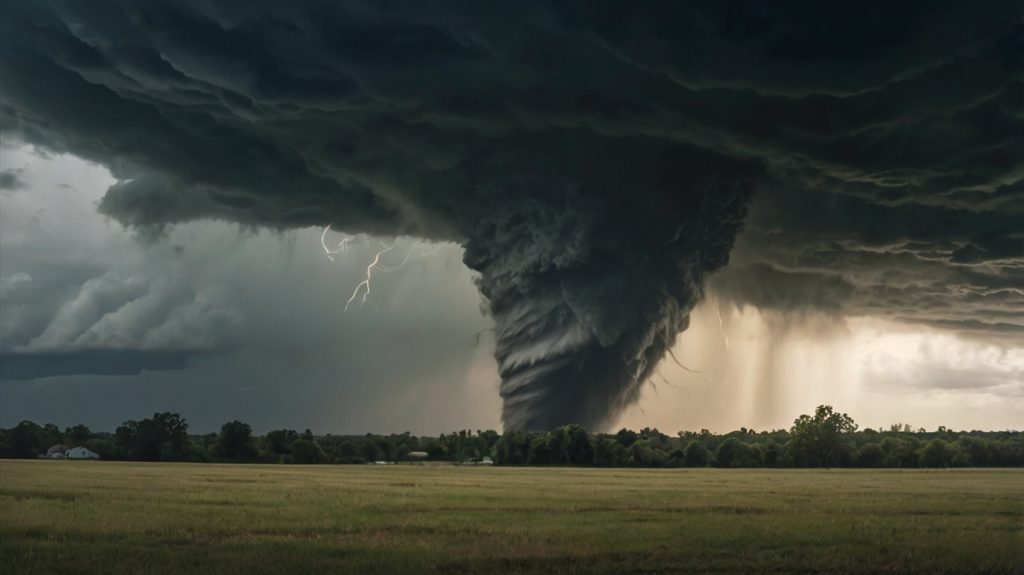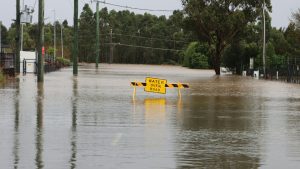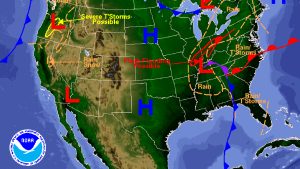Tornadoes are one of nature’s most powerful and unpredictable weather events. These rapidly rotating columns of air can cause massive destruction in minutes, making it essential to understand how they form, what dangers they pose, and how to stay safe when one strikes.
What Is a Tornado?
A tornado is a violently rotating column of air extending from a thunderstorm to the ground. They typically appear as a funnel-shaped cloud and are capable of destroying buildings, hurling vehicles, and uprooting trees with little warning.
How Do Tornadoes Form?
Tornadoes usually develop in supercell thunderstorms. Here’s a simplified version of the process:
- Warm, moist air from the Gulf of Mexico rises and meets cool, dry air from Canada.
- A wind shear (change in wind speed and direction with height) causes a horizontal rotation in the atmosphere.
- An updraft from a thunderstorm tilts this rotating air vertically.
- If conditions are just right, a funnel forms and touches the ground — becoming a tornado.
The Fujita Scale: Measuring Tornado Strength
Tornadoes are classified using the Enhanced Fujita (EF) Scale, which rates them based on the damage they cause:
- EF0: Light damage (65–85 mph)
- EF1: Moderate damage (86–110 mph)
- EF2: Considerable damage (111–135 mph)
- EF3: Severe damage (136–165 mph)
- EF4: Devastating damage (166–200 mph)
- EF5: Incredible damage (over 200 mph)
Types of Tornadoes
While all tornadoes are dangerous, not all look the same. Some common types include:
- Rope Tornadoes – Narrow and long, usually the final stage of a tornado.
- Cone Tornadoes – Wider at the base, typically more powerful.
- Wedge Tornadoes – Huge and often more destructive, appearing wider than they are tall.
- Multiple Vortex Tornadoes – Have two or more small, rotating columns within the main funnel.
Tornado Safety Tips
- Get alerts: Always monitor NOAA Weather Radio or a weather app for updates.
- Know where to go: Go to a basement or interior room on the lowest floor of your home.
- Avoid windows: Flying debris is a major hazard.
- If outside: Find a low-lying area like a ditch (as a last resort), but never hide under an overpass.
Tornado Myths vs. Facts
- Myth: Opening windows reduces damage.
- Fact: It doesn’t. It wastes precious time.
- Myth: Tornadoes avoid cities or rivers.
- Fact: They can strike anywhere.
Why Understanding Tornadoes Matters
Whether you live in Tornado Alley or not, having a basic understanding of tornadoes could one day save your life. Knowledge is the first step toward preparedness.




